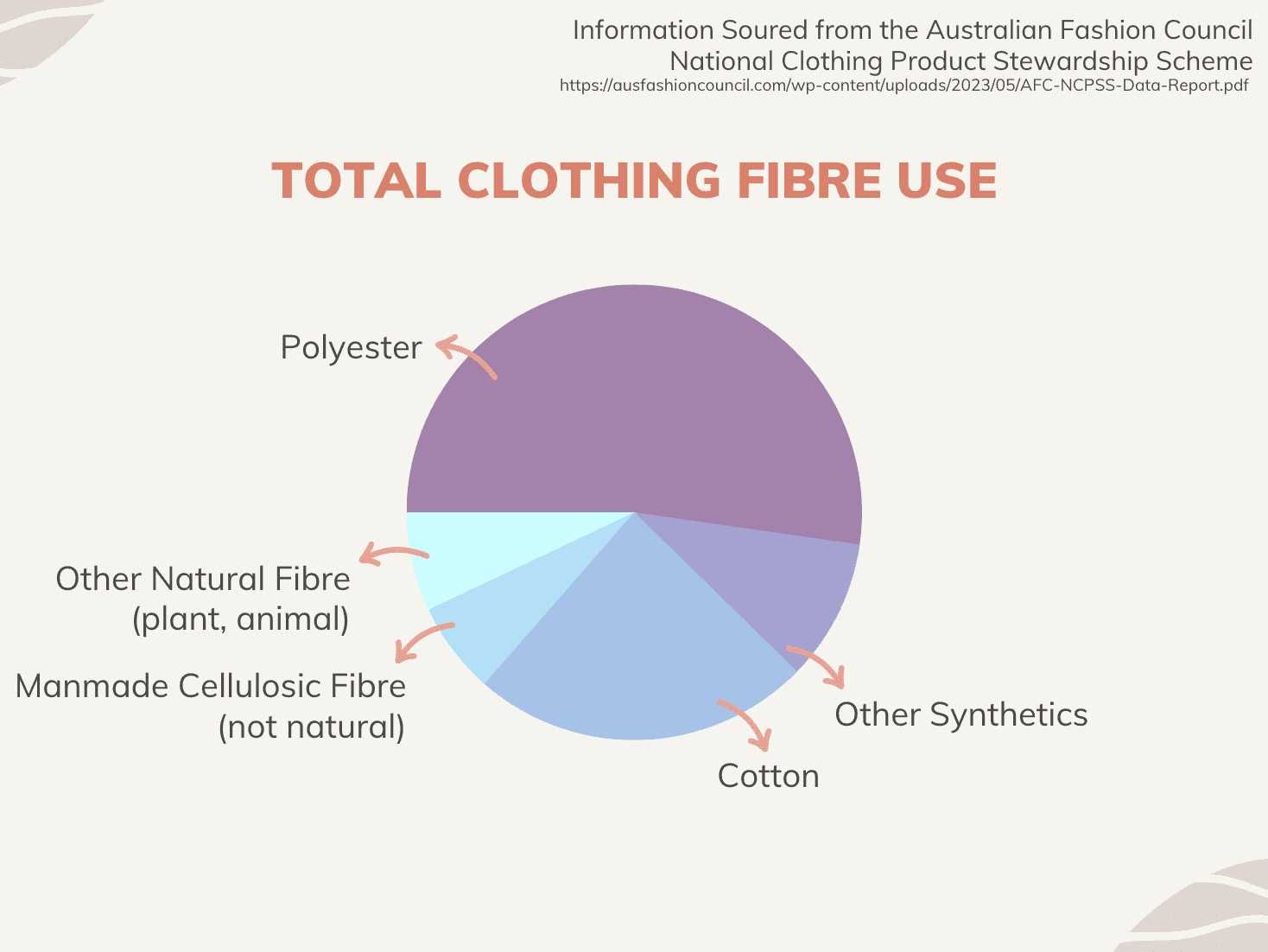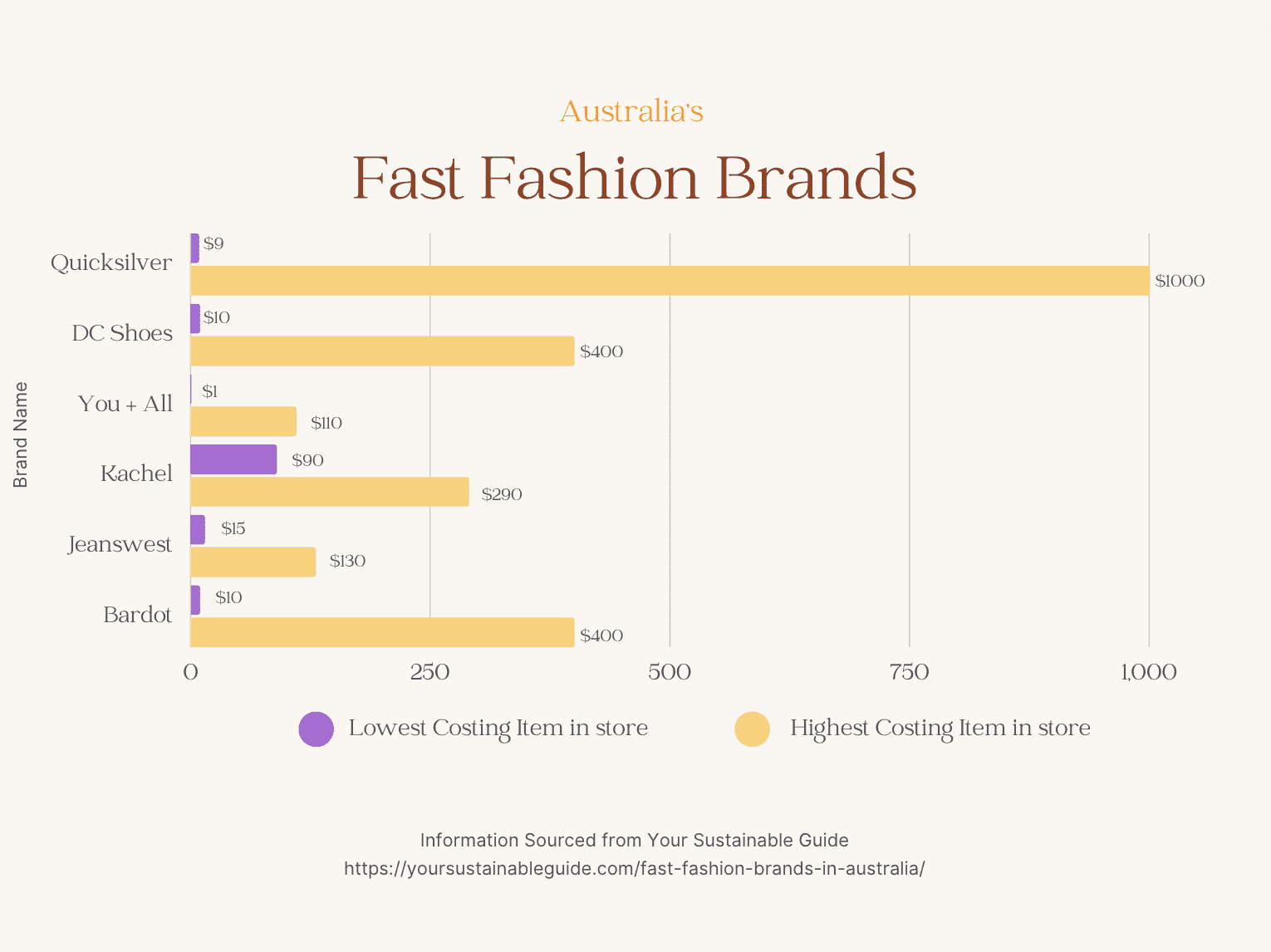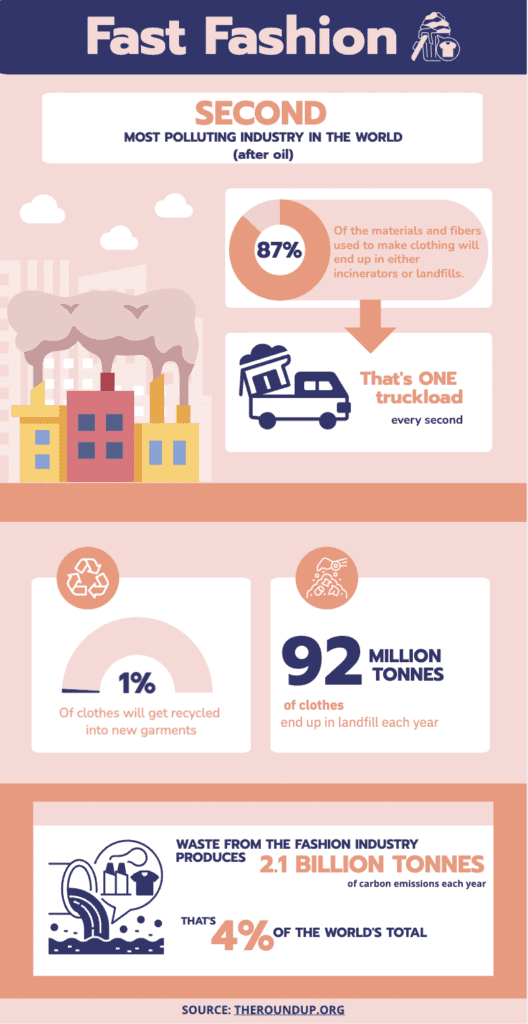In a week where fashion icons strut their stuff at Sydney’s Carriageworks, environmental concerns in relation to fast fashion has been highlighted by the industry.
Around the world, only one per cent of clothing will be recycled into new garments, with 92 million tonnes of clothing ending up in landfill each year.
This waste produces 500 thousand tonnes of microplastics and 9 per cent of the annual microplastic pollution that ends up in oceans.
University of Technology Sydney’s Dr Lisa Lake, Style Atlas CEO and Founder Pete Smit and BONDI BORN founder Dale McCarthy were part of a discussion at Fashion Week on the way the future of fashion should be molded in an environmentally conscious Australia.
Dr Lake has encouraged Australia to use natural raw materials such as cotton and wool in an effort to support circular fashion.
“These materials are highly valued and used by luxury fashion houses the world over, and because they are natural fibres they can safely be returned to the Earth at the end of their useful life, supporting circularity and regeneration”, Dr Lake said.
The Sustainability and Industry 4.0 panel was presented as a part of Afterpay Australian Fashion Week 2023. The talk also explained how the Australian fashion industry can be sustainable by use of existing and emerging technologies.
Textile Circularity is the concept that materials be given a ‘second life’, instead of the industry constantly producing new clothing.

‘As the world faces the climate crisis head on, the time for action in every industry is now’, said the event’s advertising.
The Australian Government Department of Climate Change, Energy, the Environment and Water is acting on textile waste in cooperation with the Australian Fashion Council.
Together they are developing the National Clothing Product Stewardship Scheme, which aims to create a circular economy, ridding Australia of clothing waste by 2030.
The Australian Fashion Council found that between 2018 to 2019, Australians bought 383,000 tonnes of new clothing, equalling an average of 56 new articles of clothing each or 14.8 kilograms per person.
Meanwhile, 200,000 tonnes of clothing and textiles are dumped annually into Australian landfill.
Around the world 87 percent of materials and fibres used in the production of clothing ends up in landfill or incinerators.
42 million tonnes of plastic waste is made in the production of clothing, with 60 percent of clothing materials made from plastics such as nylon, acrylic and polyester textiles.

The fashion industry is the second most polluting industry, closely followed by the oil and gas industries.
The large number of clothing produced each year proves that choices to buy fast fashion causes harm to the environment, as opposed to holding onto sustainable fashion.

Where clothing was once worn time and time again, the Australian Fashion Council found that compared to 15 years ago, the number of times a garment is worn has decreased by 36 percent. Meaning that clothes are far less likely to be used multiple times.
China has the highest mass of wasted clothing each year at a rate of 20 million tonnes, with the utilisation of clothing decreased by 70 percent over the last 15 years.

It is estimated that should fast fashion production continue, the world will see clothing sales of 160 million tonnes, triple the current amount, by 2050.
The increase in the production of clothing is explained by the rising trend in fast fashion.
University of South Australia PhD candidate, Erin Skinner, researched the behaviour of Australian consumers and their lack of understanding as to fashion’s harm on the environment.
“Ultimately, we need a shift in consumer knowledge and attitudes… by clarifying what the average Australian knows or thinks about sustainable fashion, we will be able to design appropriate solutions and policy changes to better support ‘slow’ fashion,” Ms Skinner said.
Fast fashion is attractive to consumers due to the low prices that items can be purchased for.

Fast fashion is dangerous to the environment as it produces 400 percent more carbon emissions than clothes worn over 50 times.
Additionally, 20 percent of industrial water pollution is caused by fast fashion as the textile industry often pumps highly toxic chemicals directly into waterways.
Alternatives to fast fashion will again be showcased in late June at the Sustainable Fashion Festival in Queensland, Australia.


